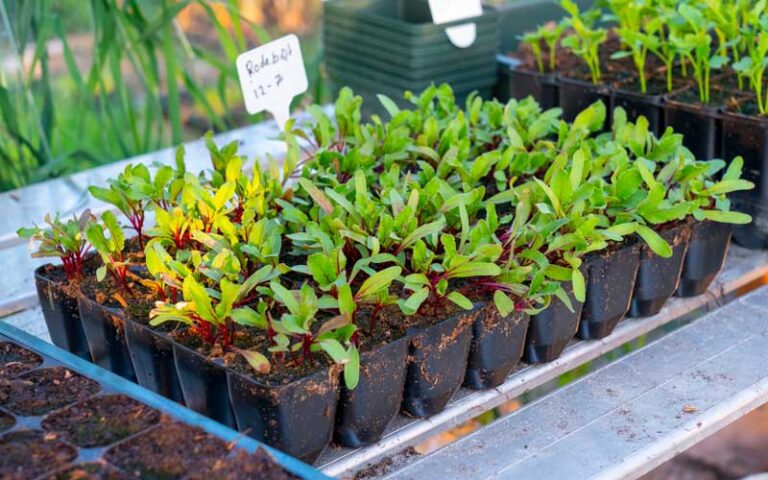

Seedling trays play a crucial role in nurturing young plants before they’re transplanted, but the question of drainage remains a hotly debated topic among gardeners. While some argue that drainage holes are essential for preventing waterlogging and promoting aeration, others believe they can lead to soil drying out too quickly and necessitate more frequent watering. So, do seedling trays need drainage holes?
The Case for Drainage:
Advocates of drainage argue that it mimics natural conditions, preventing waterlogging, root rot, and promoting better aeration. Drainage holes also help in controlling moisture levels, preventing overwatering, and ensuring healthy root development.
The Case Against Drainage:
Opponents suggest that drainage holes can lead to rapid soil drying, especially in hot or arid climates, requiring more frequent watering. However, they argue that careful watering techniques can mitigate the risks associated with excess water accumulation.
Finding the Middle Ground:
Gardeners can find a compromise by using seedling trays with drainage holes but employing bottom-watering techniques or catch trays. Alternatively, non-draining trays can be used with meticulous watering practices.
Ultimately, the choice of using seedling trays with or without drainage holes depends on individual preferences, environmental factors, and gardening practices. By considering factors such as watering habits, climate, and convenience, gardeners can create optimal conditions for their seedlings to thrive.
